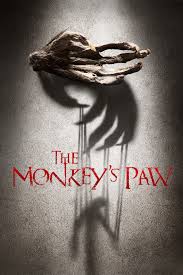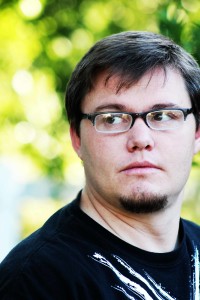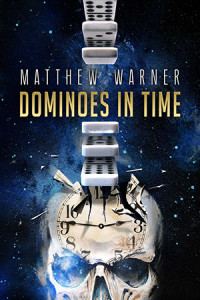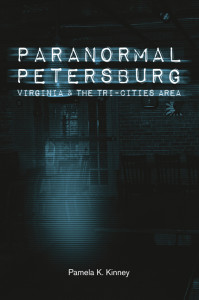 “What do you write?” is the most common question I get when people find out I’m a writer. At first I really wasn’t sure.
“What do you write?” is the most common question I get when people find out I’m a writer. At first I really wasn’t sure.
Fiction, I suppose. I write fiction.
“What kind?” would be the follow up. I really didn’t know so I would spout out some authors.
My writings are like John Grisham, Tom Clancy, and maybe Orson Scott Card. These were favorite authors, but my stories were a little different than theirs.
“Sci-fi?”
Hmm, not really. I guess you’d call it more thriller.
I asked one lady what she liked to read. “Horror,” she said. “I love horror.”
I was surprised. This little gal, sweet, nice, the church going type, loving horror? IT, Chucky, The Night of the Living Dead? I had only seen clips of these horror flicks and that was enough to haunt my sleep for a good long time.
A few months later I attended a writing workshop where I was supposed to bring my latest completed short story. I didn’t think anyone would read it, just that we would be shown how to self edit. Nope, we read it aloud to the group. I was immediately embarrassed as the piece was a little disturbing with some paranormal elements to it.
What do you write? Came the question to the group. Fantasy, I said. I had learned that fantasy engulfed a lot of make-believe fiction.
“Oh no my friend, you write horror,” the instructor said.
I was floored. Really? Horror? My piece had a little blood and a ghost, and well—suicide, but that was hardly the Night of the Living Dead.
As I grew in my writing and understanding of genre, I reflected on those stories I had read as a child that stuck with me like The Monkey’s Paw or The Veldt. I realized that they were horror.
I read Ticktock by Dean Koontz and absolutely loved it. That prodded me to read many more of his works. I quickly discovered that I read horror. I loved horror.
I am not a Serial Killer by Dan Wells is one of the best series I have read in the horror genre.
I also realized that many pieces I had written but hadn’t shared for fear of being thought odd or insane or psycho, were great pieces of horror. They addressed my fears. In a way, writing terrible things with horrific endings (story not prose) was a way to cope with my real fears.
I’ve learned that the horror genre in movies is different than books. Silence of the Lambs and The Ghost and the Darkness fall under the movie genre of Drama where they are clearly a Horror genre in literature. Horror isn’t necessarily blood or violence. But it can be both.
What I’ve learned most is to not be afraid of my own stories. I’ve had some turn their eyebrows up at me, wondering what sort of devil possessed my mind to turn out a story so horrifyingly brilliant. To that I smile and nod. Just wait, I have yet to write my best work.
 I live in Arizona with my family, wife and five kids and a little dog. I write fiction, thrillers and soft sci-fi with a little short horror on the side. I’ve got an MBA and work in finance for a biotechnology firm.
I live in Arizona with my family, wife and five kids and a little dog. I write fiction, thrillers and soft sci-fi with a little short horror on the side. I’ve got an MBA and work in finance for a biotechnology firm.
I volunteer with the Boy Scouts, play and write music, and enjoy everything outdoors. I’m also a novice photographer.
You can visit my author website at www.jacekillan.com, and you can read some of my works by visiting my Wattpad page.


